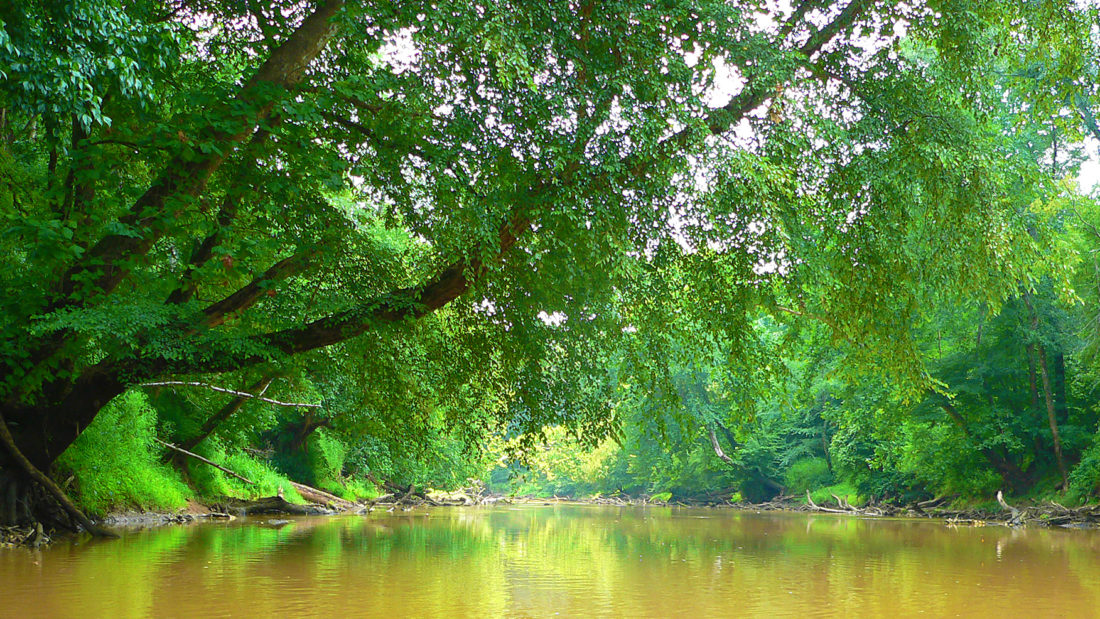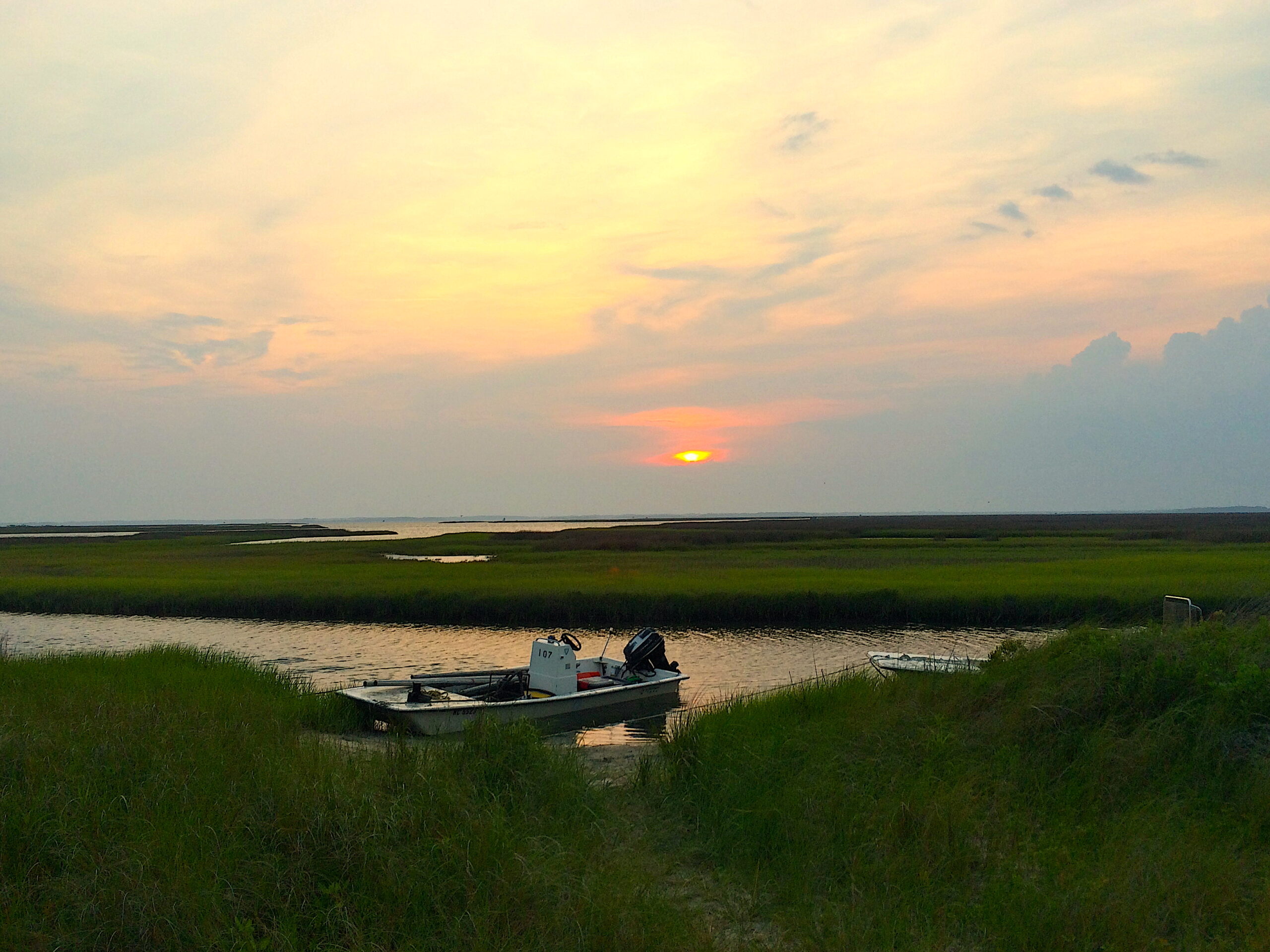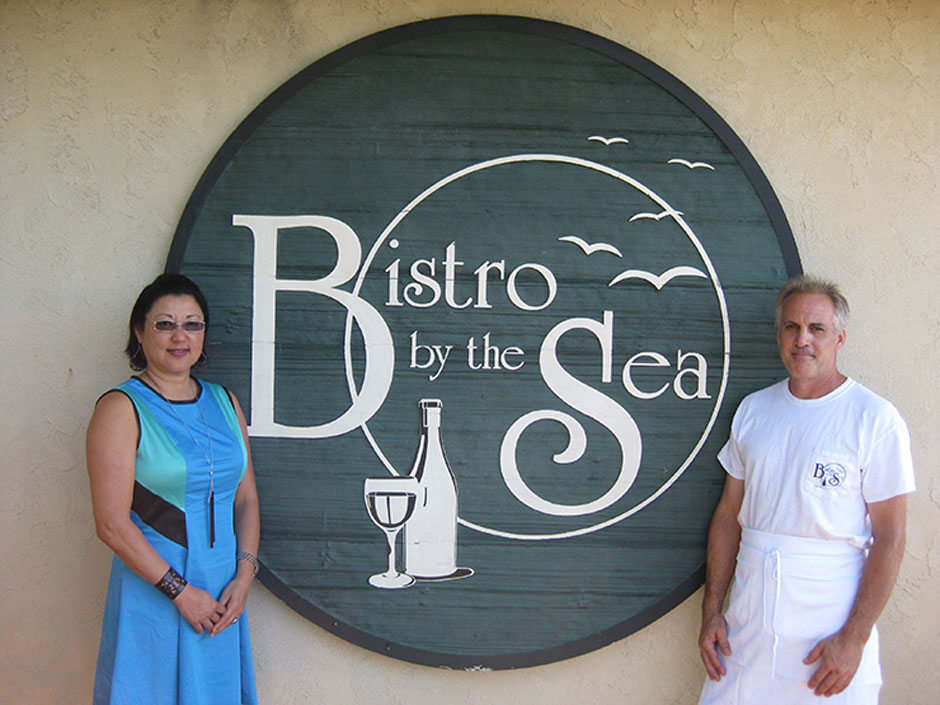PEOPLE & PLACES: Revisiting A Relic: Technology Key To Model Of CSS Neuse

The Civil War gunboat CSS Neuse was still a waterlogged hulk fresh from the Neuse River in the mid-1960s when amateur historian Bill Rowland began recording the relic for posterity.
He snapped photos, jotted down descriptions of the warship’s equipment and took Measurements with a simple but effective technique — plain old string stretched from bow to stern and side-to-side. “I wanted it to be accurate for those who came after me,” says Rowland, a Kinston resident who, at 80, is a lively arsenal of gunboat lore.
Forty-five years later, Peter B. Campbell, a graduate student at East Carolina University, is taking another look at the Neuse, this time with archaeological techniques and innovative technology. Drawing from Rowland’s initial data and other sources, Campbell and a team of researchers from ECU’s Program in Maritime Studies will re-evaluate what’s left of the gunboat at a state historic site in Kinston and in the river where the gunboat rested for almost a century.
Eventually, the data will produce a three-dimensional digital model that will complement the skeletal shipwreck and a full-sized replica built by volunteers. “We’re looking to see what we can reconstruct from the vessel and the whole site,” says Campbell, the 2008 Maritime Heritage Fellow. North Carolina Sea Grant established the fellowship stipend with ECU in 2007.
“What interested us in Peter’s work was the application of very contemporary mapping and modeling techniques to mine information from a disturbed marine relic,” explains Michael Voiland, Sea Grant executive director. “This project could help refine such techniques for use at other sites in North Carolina and elsewhere.” Campbell’s project documents a piece of history damaged by war, weather and an unscientific salvage by amateurs who dragged the wooden ship from the river with cables and cut it up with chain saws.
The damage is part of the allure. “In many ways this is the ideal site,” Campbell says.” It was excavated by amateurs and material was removed, but a lot of artifacts remain.”
Archaeologists often are faced with the disturbance of historic sites and looting that causes artifacts to lose valuable connections to their surroundings. The Neuse will be a case study to see how much information can be learned from a compromised site.
The ship was one of about two dozen iron-plated warships commissioned by the Confederate Navy to protect coastal waters. Construction on the Neuse began on the banks of its namesake river in 1862 at Whitehall, now the town of Seven Springs.
The vessel had a wide flat bottom like a river barge designed for maneuvering in shallow water, but it also featured a raised casemate that gave it the appearance of modern submarines. Built mainly from local pine, the approximately 158-by-34-foot vessel carried a protective layer of iron armor.
It came under fire from Union troops while construction was underway and suffered damage from Union artillery during a battle at Whitehall in December 1862. The attacks delayed construction and the vessel was still unfinished several months later when it was floated to Kinston where it was outfitted with guns and iron plating. Bad luck continued.
In April 1864, the gunboat headed downstream to participate in an attack on Union troops in New Bern, but it ran aground on a sand bar and remained stuck there for weeks. Finally freed by rising water, the vessel returned to Kinston where it sat idle because of a troop shortage and obstructions in the river.
With Union forces approaching in March 1865, the Neuse’s crew members intentionally scuttled their ship to prevent its capture. They packed the bow with gunpowder and set off a fire and explosion that sent the Neuse to the bottom of the river near the end of Bright Street in Kinston.
Water and mud helped preserve the remains for almost a century. In 1961, three Kinston area men began trying to recover the ship in a venture plagued by poor weather, lack of funds and disputes over ownership. Workers pumped out mud and lashed more than 90 metal drums to the hull to make it float. They wrapped it with cables hitched to house-moving equipment and finally pulled it out of the river in 1963.
The hulk sat on the riverbank for a year while the wooden planks dried out and split. Scavengers made off with chunks of wood and spikes. A year after being raised, the battered remains were hauled to a site on U.S.70 that also served as the Gov. Richard Caswell Memorial.
Rowland, who was an engineer with a Dupont Company plant in Kinston when the Neuse came up, slipped away as often as he could to observe and record the recovery. “Every day I came down here to take pictures of it as it unfolded,” he says.
He measured the compartments and described the placement of fittings, gun ports and hatch covers. He recalls standing in the bow when a one-inch thick cable snapped. He narrowly missed becoming an onboard casualty, he adds with a chuckle.
Rowland’s observations became invaluable to later historians and researchers because there are no original drawings and parts of the ship have been lost. He is visibly pleased to watch as the Neuse comes under scientific assault by Campbell and his team of graduate students.
Almost 150 years after skirmishes in the Civil War, the researchers take aim and fire at the aging vessel with hundreds of silent, harmless infrared beams. The friendly fire is designed to determine the size and condition of the wooden beams. Working with Campbell are Lindsay Smith, Morgan Mackenzie, Marshall Lamm, Jesse Harris and Tyler Mora.
A native of Whitefish Bay, Wisc., Campbell had never heard of the Neuse until he came to the ECU program. He received a bachelor’s degree from the University of Wisconsin at Milwaukee and is working on a master’s in maritime archaeology at ECU.
What’s left of the Neuse became one of the state’s largest artifacts. A substantial chunk is a section of the hull about 140 feet long and 37 feet wide. The thick wooden beams, which stick out from the bottom like a row of rib bones, are black as bridge timbers. In addition to the ravages of war, the wood suffered from the use of preservatives that archaeologists say have actually caused the wood to deteriorate. In recent years, the ship’s display site near the Neuse River flooded during hurricanes, resulting in additional damage and relocation of the ship to higher ground.
Plans are under way to move the remains from a shelter to an enclosed climate controlled building in Kinston. Thunder from an afternoon storm rumbles like cannon fire as the students meticulously work their way over, under and around the ship’s remains which now rest under a shelter at the historic site. First they attach small one-inch squares of reflective tape to strategic points on each beam, a tedious process that leaves hundreds of small red squares on the dark wood. The squares are targets for a total station, an optical instrument that measures distance.
After zapping the targets with the total station, the researchers compute measurements that are accurate to within 3 millimeters or 1/100 of a foot. Then they go back and log each point by name and location. About 1,200 digital points from the total station go into a computer program that shows the array of dots in a “point cloud.” Connecting the dots shows the outline and results in a digital model.
The equipment is typically used by surveyors, but archaeologists adapted the techniques to precisely measure shipwrecks. Campbell says total station measuring has been used on shipwrecks only twice before, on the Swedish shipwreck Vasa and the Wawona, a vessel in Seattle, Wash. “We’re using it for measurements, reconstruction and collecting data,” he says.
The project, with a total budget of about $13,500 also includes documentation of thousands of artifacts now in storage and any relics that might remain in the river. Future data can be incorporated into the digital model, he says. For example, an image of the casemate that broke off the top of the Neuse can be digitally fit into place.
In addition, the work will provide information about ship construction. In his project proposal, Campbell notes that scholars believe the Neuse was similar in design to the CSS Albemarle, a Confederate gunboat built farther north on the Roanoke River. However, there are several key differences between the vessels. The Neuse lacked much of the plating that protected the Albemarle, an indication of the stresses of the war, and it did not have a keel or a timber running the length of the ship’s hull.
Guy Smith, director of the Neuse and Caswell Memorial Site, said Campbell’s project will boost educational programs about the vessel. Historians can use Campbell’s scientific model to create a visitor-friendly virtual tour of the Neuse.
“It’s going to allow visitors to take a tour without actually setting foot on the vessel,” he says.
This article was published in the Autumn 2008 issue of Coastwatch.
For contact information and reprint requests, visit ncseagrant.ncsu.edu/coastwatch/contact/.
- Categories:


